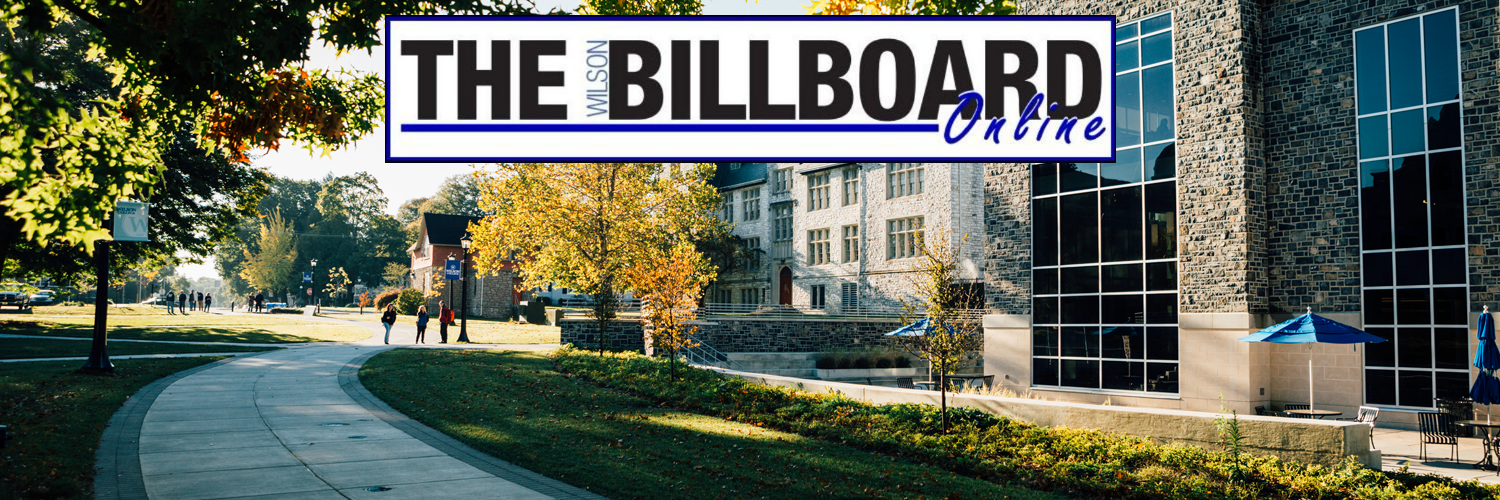Parking and Roads: Changes and Conditions
As the academic year winds down, students begin to look towards next year. There are certainly some residual concerns that many have, such as getting into appropriate classes, what dorms they will be able to crash in, and the age old problem, finding parking. The changes on campus, both logistically and geographically, will effect everyone.
First and foremost, there is a parking map available in print and online that gets updated every August and indicates what parking is available based upon your designation as commuter, faculty/staff, or resident.
“Our committee is made up of a balance of representatives across the campus” notes Sherri Sadowski, the Director of Residence Life and a member of the Parking Committee. Currently, there are representatives for faculty, staff, both residential and commuter students, Physical Plant, the Business office, as well as Conferences and Admissions. Decisions that affect parking on campus are made by the entire committee.
Student parking specifically has not seen drastic changes in the past two years because there have not been consistent representatives for either residential or commuter students. Alongside the lack of consistent representation on the parking committee, the changes to MacElwian/Davidson residence halls caused the loss of some parking as well.
“Everyone has a very valid reason for the parking they want. . . The thing that we’re always trying to do is weigh that person’s use and reason against the rest of the community,” Sadowski continues. Alongside the logistical complications that drivers have to face on a regular basis are the geographic changes.
One change which has impacted the driving community on campus is the loss of the road between the John Stewart Memorial Library and the Harry R. Brooks Complex for Math, Science, and Technology.
“The current plan is that it is going to be turned into a common space which would be pedestrian in nature. There will be grass, walkways, and landscaping. Park Avenue will not continue to go between those buildings,” notes Brian Ecker, Vice President of Finance and Administration at Wilson College.
Some of the plans currently being pursued include the widening of the lane by Sharp House, widening the Park Avenue entrance, and making the loop around campus two lanes.
“Roads are a concern here and we’re trying to make them better,” Ecker continues.
As for concerns over the construction happening around the campus itself, the Chambersburg borough has entered into a beautification project with PennDot to improve the streets and curbs extending from the center portion of town, The project is scheduled to be conpleted before students arrive on campus for the Fall 2015.
Whether or not the parking situation on campus will ever be in such a state that everyone is happy can’t be discerned. However, to the joy of many, the logistical nightmare of navigating construction will not be a problem for much longer.
